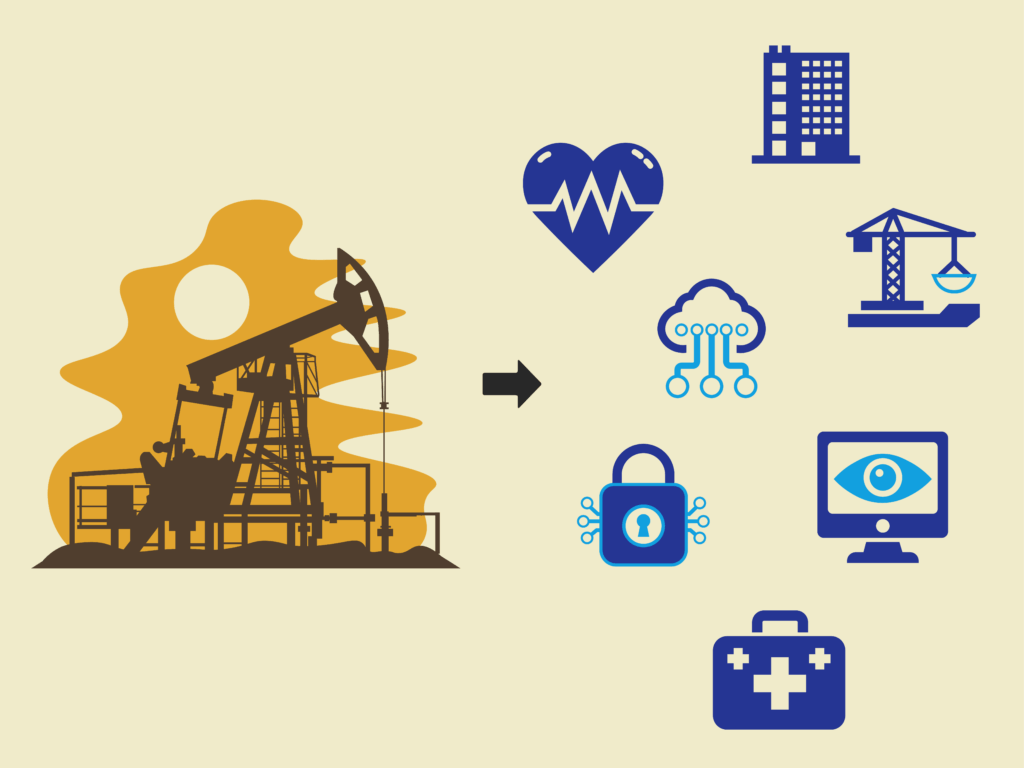
NFIP Heads to Court

Until the end of October this year, The Council chairs the Flood Insurance Producers National Committee (FIPNC), which meets three times a year with FEMA on agent-specific concerns.
With FEMA’s updated underwriting program, Risk Rating 2.0, FIPNC has been instrumental in trying to work out the kinks agents and brokers see on their side. While there certainly have been bumps in the road and Risk Rating 2.0 is not perfect, FEMA stands by its updated pricing methodology—a methodology that had not been updated since the 1970s—and will have to defend it in federal court.
At the beginning of June, Louisiana and nine other states, 43 Louisiana parishes and more than a dozen levee districts filed suit against the Department of Homeland Security and FEMA citing a breach of statutory authority and miscommunication of rates. The 112-page complaint lays out the faults of Risk Rating 2.0, and while FEMA cannot comment on ongoing litigation, this doesn’t bode well for the program.
Compounding the uncertainty, NFIP is up for reauthorization at the end of the fiscal year. As we’ve seen in years past, despite Sept. 30 falling in the middle of hurricane season, reauthorization isn’t guaranteed. There are discussions to remove NFIP reauthorization from legislation that keeps the government funded, but the last time that was done, there was a lapse in the program. Since the program was reauthorized through stand-alone legislation, NFIP has gone through 21 short-term extensions. Last year FEMA sent over 17 legislative proposals that, from its point of view, could make the program better.
NFIP is more than $20 billion in debt and mired in politics, but for a property owner who is under inches of water or trying to secure an affordable flood policy, solutions are the order of the day. Through FIPNC, we are trying to pass muster.




